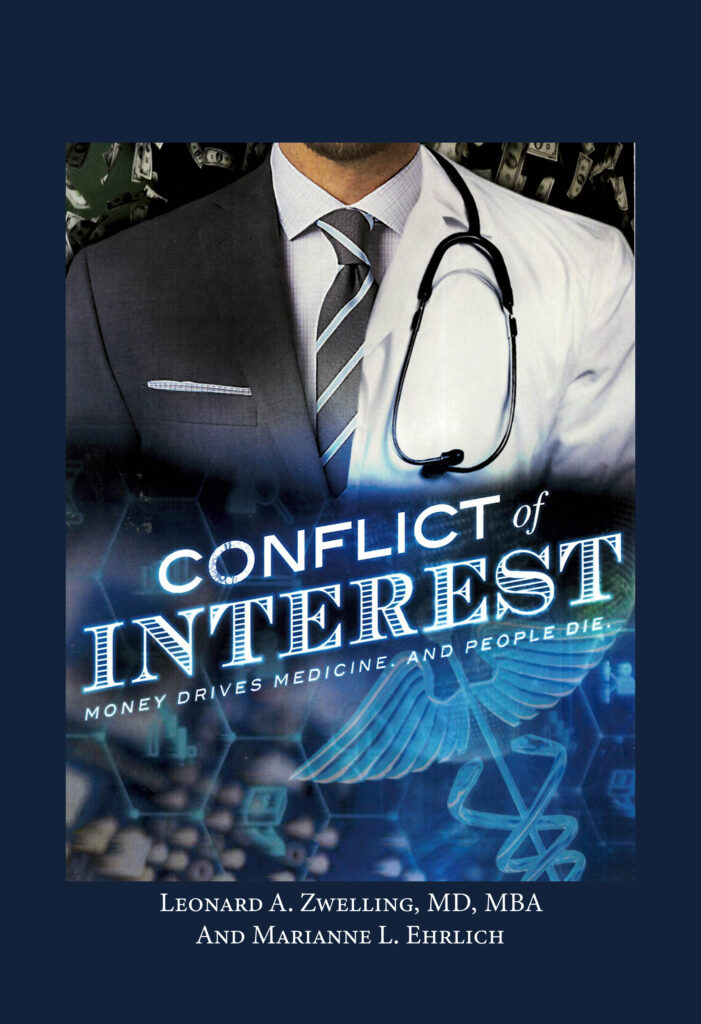18 Holes in the Holy Land
By
Leonard Zwelling
A Shandah! A
blasphemy! A shameful act! So my activities in Israel on Saturday October 3
were characterized by a friend. I think not.
I
had driven farther to play golf in my life. Pebble Beach requires a flight to
San Francisco and a long, beautiful drive down the Pacific Coast Highway to
Carmel. Bandon Dunes demands two planes—one to San Francisco and then a small
one to Bandon, Oregon. Again, a drive south along the Pacific is still between
you and the links at Bandon. And St. Andrews will necessitate the flight to
Scotland and a wee bit of a drive to the home of golf for the privilege of
playing on a sheep pasture with sand traps the size of meteor craters and the
ever presence of gorse, a dry coarse grass that eats golf balls, digesting them
into unfindability before they can be located even by the sharpest-eyed caddie.
These are the holy shrines of the most frustrating of games, but I have been
privileged to play all of them.
None are like Caesarea, the only 18-hole golf course in
Israel.
It turns out the course is not on the water at all, but
inland sufficiently so that the Mediterranean Sea is never visible from the
tees. Rather, it is a pretty standard Pete Dye designed course of the resort
variety meaning geared for rapid play with few sand traps and fairways sculpted
so that balls do not get funneled into the few bunkers scattered widely. It is
also without gimmicks. The only trick is that it is all marked in meters
meaning shots of 100 meters are really a bit more in yards and that must be
factored in. But like so much in Israel, it is more similar to American golf
than dissimilar. Being the Sabbath it was not busy, but it was not empty
either. The secularism of Tel Aviv that contrasts with the religiosity of
Jerusalem extends to recreation as well as to the Kosher laws in restaurants.
And the silence of Saturday in Jerusalem is not echoed in Tel Aviv which is
still moving even as Saturday, Sunday and Monday are all holidays that will
undoubtedly close Jerusalem.
Israel’s past reputation of boring food is over. Both at
Claro on Friday evening and at the fabulous North Abraxas, the young and trendy
of Tel Aviv ate and drank into the night to the pulse of rock music. As we
prepare to depart Tel Aviv, we first have to negotiate the Sunday traffic of
the city to return the rental car and meet our guide. Despite the sometimes
confusing help of the lady in the GPS iPad we made it and we were on our way
north and east with Gil.
Israel is a curious mix of the ancient and modern. Just
driving along the highway one sees the remnants of the German-built railway of
1905 being rebuilt to connect Haifa to Beit She’an through the Jezreel Valley.
Ruins and tels (hills) that are layer upon layer of history, are everywhere as
are Roman stones and burial sites dating back 1800 years. A quick turn and the
newly installed wind turbines are present so that power can be generated
locally rather than import it from Haifa.
It
is still the frontier. Jews are still turning stones into farms and the land is
more beautiful than ever albeit caught in the jaws of contention in the world’s
mind. But it only requires five minutes with an Israeli to know that the
resolve to keep the country after 67 years has not diminished.
As
we approach the evening’s hotel, a small resort in the Galilee in land that was
not in Israel before 1967, we see the mountains of Jordan to the east and the
Sea of Galilee to the west and learn that we are the only tourists registered
in the hotel on this holiday evening as Simchat Torah begins and Jews celebrate
the starting of the reading of the Torah from the beginning (on Monday in Israel on Tuesday in the US). It is a joyous
holiday, but apparently everyone will demand a late checkout tomorrow to head
home for the work day Tuesday. Not us, the sole foreign visitors at the Ramot
Resort.




